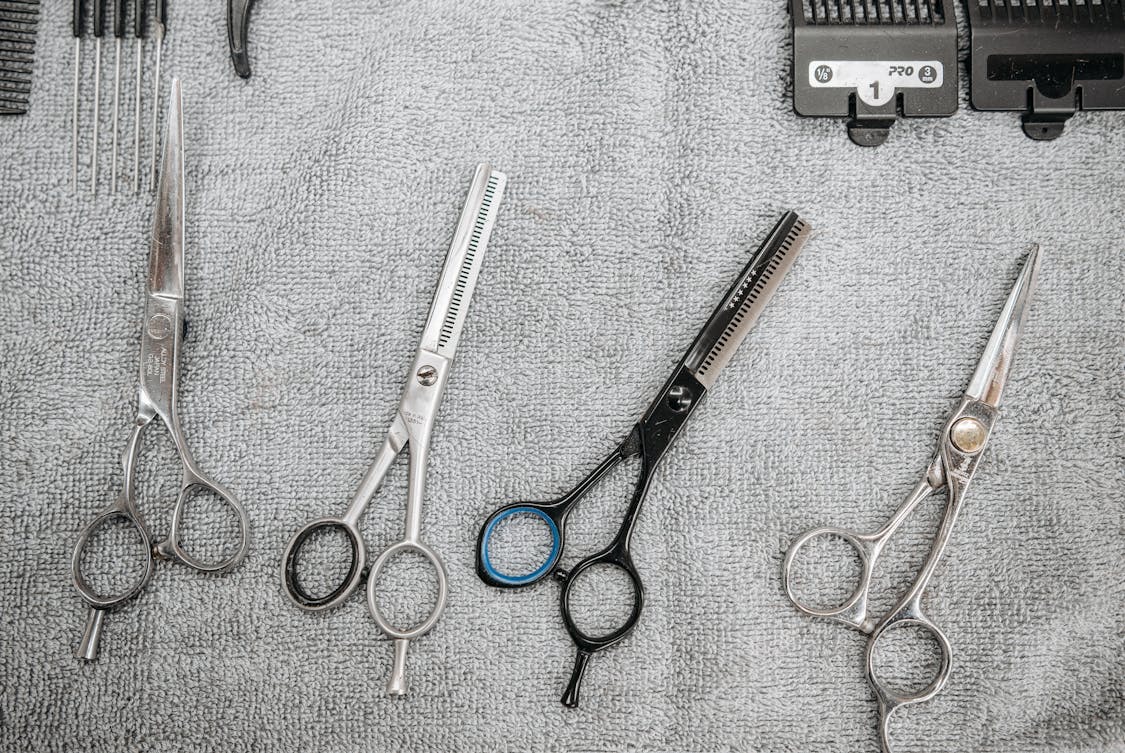When you think about a barber’s toolkit, what comes to mind? Perhaps sharp scissors or the reassuring hum of clippers.
In reality, a well-curated barber kit goes far beyond these essential tools. It can make or break the client experience. As the grooming scene gains momentum, ensuring your kit aligns with industry standards is more important than ever.
The Basics of a Barber Kit
A comprehensive barber kit typically includes tools such as clippers, scissors, combs, and brushes. Each item serves a unique purpose.
Clippers are essential for fades and buzz cuts, while scissors provide the precision needed for layering and texturizing. Combs and brushes assist in styling and separating hair.
However, simply owning these tools is not enough; they must also meet established standards for safety and hygiene.
Quality Over Quantity
In the barbering world, having a plethora of tools can be tempting. Yet, it’s crucial to focus on the quality of each item in your kit. High-quality tools not only enhance your performance but also promote client satisfaction.
For instance, using top-tier clippers can make a noticeable difference in the final cut. Look for brands that have built a reputation for reliability and durability, as they often adhere to strict industry guidelines.
Hygiene and Safety Standards
Hygiene is paramount in any grooming profession. Tools must be sanitized regularly to prevent the spread of bacteria and infections. Industry standards often dictate that barbers use disinfectants approved by health authorities.
This means not just wiping down tools with any cleaner, but utilizing specific products designed for barbering equipment. It’s essential to stay informed about the latest regulations regarding sanitation practices.
The Role of Training and Certification
Proper training is another cornerstone of a compliant barber kit. Barbers should undergo comprehensive training that covers both technical skills and safety practices.
Many regions require barbers to have a license, which typically includes coursework on hygiene and tool maintenance. This certification demonstrates a commitment to adhering to industry standards, assuring clients of a safe and professional experience.
Essential Tools for Every Barber
While individual preferences may vary, there are several tools that every barber should consider indispensable.
Clippers and Trimmers
A powerful clipper is the backbone of any barber kit. Look for models with various blade guards to accommodate different hair lengths.
Trimmers are also essential for precision work around the ears and necklines. Opt for cordless options for convenience and mobility.
If you’re looking for a tool that combines performance and reliability, consider adding Supreme Trimmer to your kit.
Scissors

Investing in high-quality scissors cannot be overstated. They should feel balanced in your hand and cut smoothly through hair.
Thinning shears are another valuable addition, as they help achieve texture without sacrificing length.
Combs and Brushes
Different hair types require different combs. Wide-tooth combs work well for thick or curly hair, while fine-tooth combs are better suited for straight hair.
Brushes, on the other hand, help in styling and smoothing hair, so having a variety on hand is beneficial.
The Importance of Maintenance
Maintaining your barber kit is just as important as the tools themselves. Proper upkeep extends the life of your equipment and ensures optimal performance.
Regularly oiling clippers, cleaning scissors, and properly storing tools can save you money and enhance your service quality. Consider creating a routine for maintenance, ensuring that each tool is checked and cleaned after every use.
The Latest Innovations in Barber Tools
The barbering industry is constantly evolving, with new tools and technologies emerging regularly. Staying updated on the latest innovations helps barbers enhance their skills and service offerings.
For example, some clippers now come with adjustable speed settings or ergonomic designs that reduce hand fatigue. Embracing these advancements can give you a competitive edge in the market.
Client-Centric Approach
Your barber kit should not just meet industry standards; it should also cater to your clients’ needs. Understanding the preferences and hair types of your clientele allows you to tailor your services.
Offering a range of products for different hair types, such as pomades, gels, and oils, demonstrates an understanding of individual client needs.
Accessories to Enhance Your Kit
Beyond the essential tools, certain accessories can elevate your barbering game. Capes, neck strips, and sanitizing wipes are often overlooked yet play a significant role in creating a comfortable and hygienic experience for clients.
A high-quality cape not only protects clients’ clothing but also presents a professional appearance.
Building Your Brand with Your Kit
Your barber kit is a reflection of your brand. The quality and organization of your tools can impact how clients perceive your professionalism.
A well-maintained kit sends a message that you care about your craft and your clients. Think of it as part of your brand identity; every detail counts.
Networking and Community Standards
Engaging with fellow barbers can provide valuable insights into industry best practices. Attending barber events, workshops, or competitions allows for networking and knowledge sharing.
These experiences can guide you in refining your kit and staying compliant with evolving standards. Building relationships within the barbering community also opens up opportunities for collaboration and growth.
The Financial Side of Your Kit
Investing in a high-quality barber kit may seem costly initially, but it pays off in the long run. Quality tools often perform better and last longer, ultimately saving you money on replacements.
Additionally, providing excellent service through the use of reliable equipment can lead to a loyal client base, boosting your profitability.
Staying Informed About Regulations
Barbering regulations can vary widely by location. Staying informed about the specific standards in your area is essential.
Regularly check with local licensing boards or professional organizations to ensure that your kit meets all required criteria. Keeping up with changes in regulations is part of being a conscientious barber.




